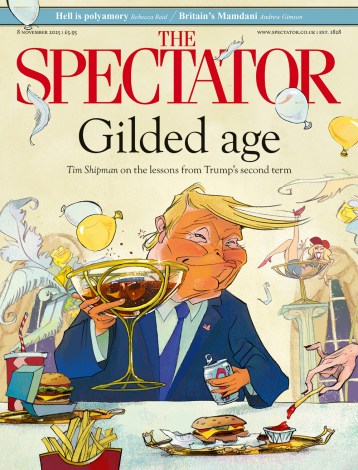After nine years cleaning up Labour’s mess, things are looking up. Government debt as a share of the economy is starting to fall. For Theresa May’s successor, this means there is an opportunity to spend some desperately-needed money on public services: the police, prisons, schools and local government. But it’s also vital – and a key Tory weapon in the fight against Corbyn – to cut taxes, putting more money in people’s pockets.
Boris Johnson has already made such a pledge, floating the idea of increasing the point at which people pay the higher rate of tax. In the long-term, that would be good to do. Yet given the limited room for manoeuvre, right now we must focus on tax cuts that benefit large numbers of people. Helping ordinary working people get on in life is a core Conservative principle.
Encouragingly, today Boris implied he would focus on raising the starting rate of National Insurance. Doing so should be a much higher priority. The maths are simple: raising the threshold for the higher rate would affect just over four million people. But raising the starting rate for National Insurance would benefit 32 million people. Cutting the taxes that people on average incomes pay should be a focus for the next Tory government. For that reason, another good tax to cut would be Council Tax. 27 million households in Great Britain pay it, and the bill through the door makes it highly visible and unpopular. Cutting it would be a smart move and make for a warm reception on the doorstep for Tory campaigners in constituencies up and down the country. Tax cuts that help lower earners are more likely to get people’s attention, for the obvious reason that poorer people have less money, so feel the benefit of each extra pound more. Recent polls back up the argument that we must focus on tax cuts that benefit most people. The CPS polled the idea of raising the national insurance threshold to £12,000 a year; 76 per cent approved. In contrast, raising the top rate threshold goes down badly. A Populus poll found that 58 per cent of voters said they were against, and only 21 per cent in favour. Even among the top “AB” social class – the very upper earners it is supposed to benefit – most people were against it, by a margin of 57 per cent to 25 per cent. Ominously, the Sun slammed the idea of a higher rate increase as “a stinker” and said it would be “writing Corbyn’s script for him.” Of course there are good arguments for increasing the higher rate threshold. Some say that upping this to £80,000 would help “middle earners”. But in reality, 83 per cent of the benefit of such a change would flow to the very richest ten per cent. That’s not the middle. The average household income is around £28,000. Others point out that there are more people paying the higher rate of tax than in the 1980s. That’s true, but it’s also misleading: we’ve changed lots of other things in the tax system too – in particular we’ve massively increased the Income Tax Personal Allowance, cut excise duties, and shifted more towards indirect taxes like VAT, which bear more heavily on lower-income households. The overall effect of this has been that the top ten per cent now pay a smaller share of their income in tax than during the Thatcher years. Between 1979 and 1990, the richest ten per cent paid 36 per cent of their income in all direct and indirect taxes. This compares to just 34 per cent on average under the current Conservative government.
Share of gross income paid in tax by the richest ten per cent of households

Income share of the top ten per cent and bottom fifty per cent after direct tax

Impact of various tax changes costing around £9bn in 2018/19





Comments